Article from the site: http://www.sancamillo.org
By Father Felice Ruffini
When preparing for the ‘Four Hundredth Anniversary of the Transit of St. Fr. Camillus’ of 14 July 2014, and carrying out intense research in our archives after the rediscovery of evidence relating in particular to famous musical pieces performed in our churches, luck had it that I came across a little yellowed picture printed in Paris which bore the caption ‘Christ on the Crucifix Comforts Father Camillus’, with the following text ‘in calce’: ‘C. Maratti pinxit\A.W. Schulgen Edit du St Siege.\Paris 25 rue St. Sulpice’.
The attribution made to the famous painter Carlo Maratta, who came from Camerano in the Marches (1625-1713), set in motion an almost obsessive search for the original which had to be somewhere, even though the ‘historical sources’ available to us made no reference to it, despite the fact that a major heritage of ‘icons’ of early on in the history of the Order with works inspired by the mystical experience of St. Fr. Camillus during his life was well known about. This experience started with that at St. James’s Hospital when he was young, a new convert and acted as the house-steward. He was obstructed and not understood in relation to his new idea of creating ‘una Compagnia d’huomini pij e da bene che non per mercede, ma volontariamente et per amor d’Iddio gli servissero con quella charitá et amorevolezza che sogliono far le madri verso i lor proprij figlioli infermi’ (‘a company of pious and good men who not for payment but voluntarily and for love of God would serve them with that charity and lovingness that mothers usually have for their sick children’). From Christ on the crucifix that he kept in his room he heard: ‘Non temer pusillanimo camina avanti ch’io t’aiutarò e sarò con teco, e cavarò gran frutto da questa prohibitione’ (‘Do not be afraid pusillanimous one, walk forward for I will help you and will be with you and you will gain great fruits from this prohibition’). This was the beginning of his great undertaking of creating the Congregation.
![Crocifisso conforta Camillo [Convento 7 Dolori - Maratta]](http://www.camilliani.org/wp-content/uploads/2017/03/Crocifisso-conforta-Camillo-Convento-7-Dolori-Maratta-300x248.jpg) This stubborn search was a constant opportunity for rediscoveries or even authentic discoveries of works found not only in Rome but also in far-off places where Camillians are to be found, in the so-called ‘New World’ as well, and from these I made special ‘web pages’. Copies based on originals, with ‘identical subjects’ and positioned in the same way, but with the evident ‘brush’ of a good copier and certainly not of the original author…
This stubborn search was a constant opportunity for rediscoveries or even authentic discoveries of works found not only in Rome but also in far-off places where Camillians are to be found, in the so-called ‘New World’ as well, and from these I made special ‘web pages’. Copies based on originals, with ‘identical subjects’ and positioned in the same way, but with the evident ‘brush’ of a good copier and certainly not of the original author…
And finally this very impassioned search led to the rediscovery in the Church of ‘Santi Vincenzo e Anastasia’ in Fontana di Trevi of what I believe to be the original painting by Carlo Maratta. The Camillians were responsible for this church from 1839 to 1910 when the inauguration took place of the ‘St. Camillus Parish agli Orti Sallustiani’ on the initiative of Pope St. Pius X, who was greatly devoted to Our Saint.
In support of this thesis came the news that in the former CONVENT of the women ‘Oblate Augustinians of St. Mary of the Seven Sorrows’, with its works by Carlo Maratta, on the road that goes up to Gianicolo from Piazza Trilussa, and which for some years has been replaced by the ‘Hotel Duchessa Camilla Savelli’ (a five-star hotel), there was a picture of ‘Christ on the Crucifix Comforts St. Camillus’ by the same painter, which we leave to you to behold and to assess, thereby drawing your own conclusions…
From the historian Fr. Cosma Lenzo, writing in 1641, we offer the description that he made of the fresco on the walls of the ‘Infirmary’ where St. Camillus died, a ‘photographic description’ that well matches the ‘Picture of Duchessa Savelli’:
‘The expert hand of our professed religious priest, by name Francesco Meloni, a Neapolitan, admirably decorated that oratory, which was divided into various sectors, with ‘oil’ paintings, as is said, expressed with noble creativity…The altar, which witnesses daily celebrations, is placed in the part opposite the door, near to the wall. At its centre is placed the most holy simulacrum of Christ on the Crucifix, the one that spoke – comforting him – to our father, when he was afflicted by tribulations, to which reference has often been made. On the left at his feet Father Camillus is to be seen, on his knees; on the right side the Archangel St. Michael is painted; on the left side his Guardian Angel. The walls of the place where the altar is located rise in a somewhat circular way to the point of the curving of the roof at times, thereby forming a kind of apse’.



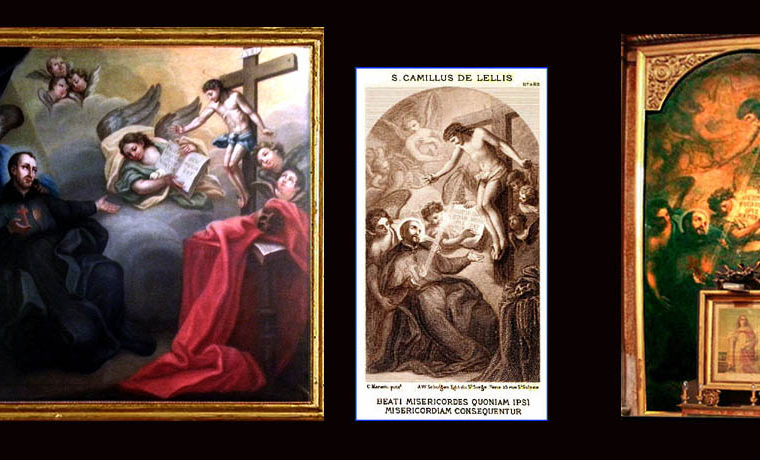
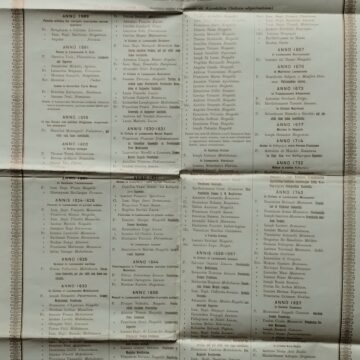
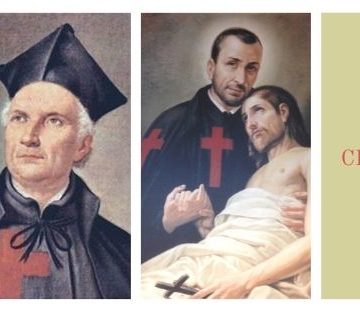






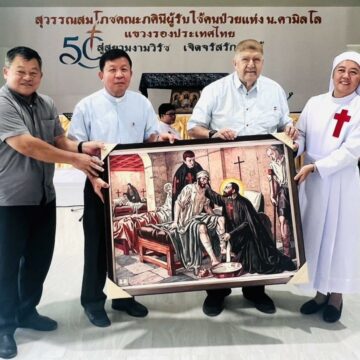
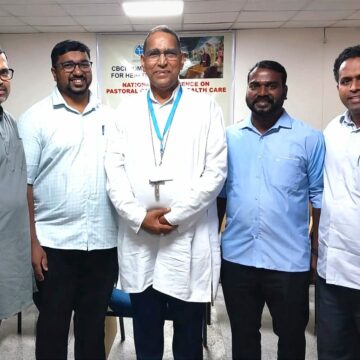


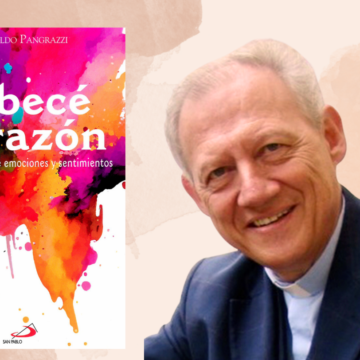
Camillians on Facebook
Camillians on Twitter
Camillians on Instagram